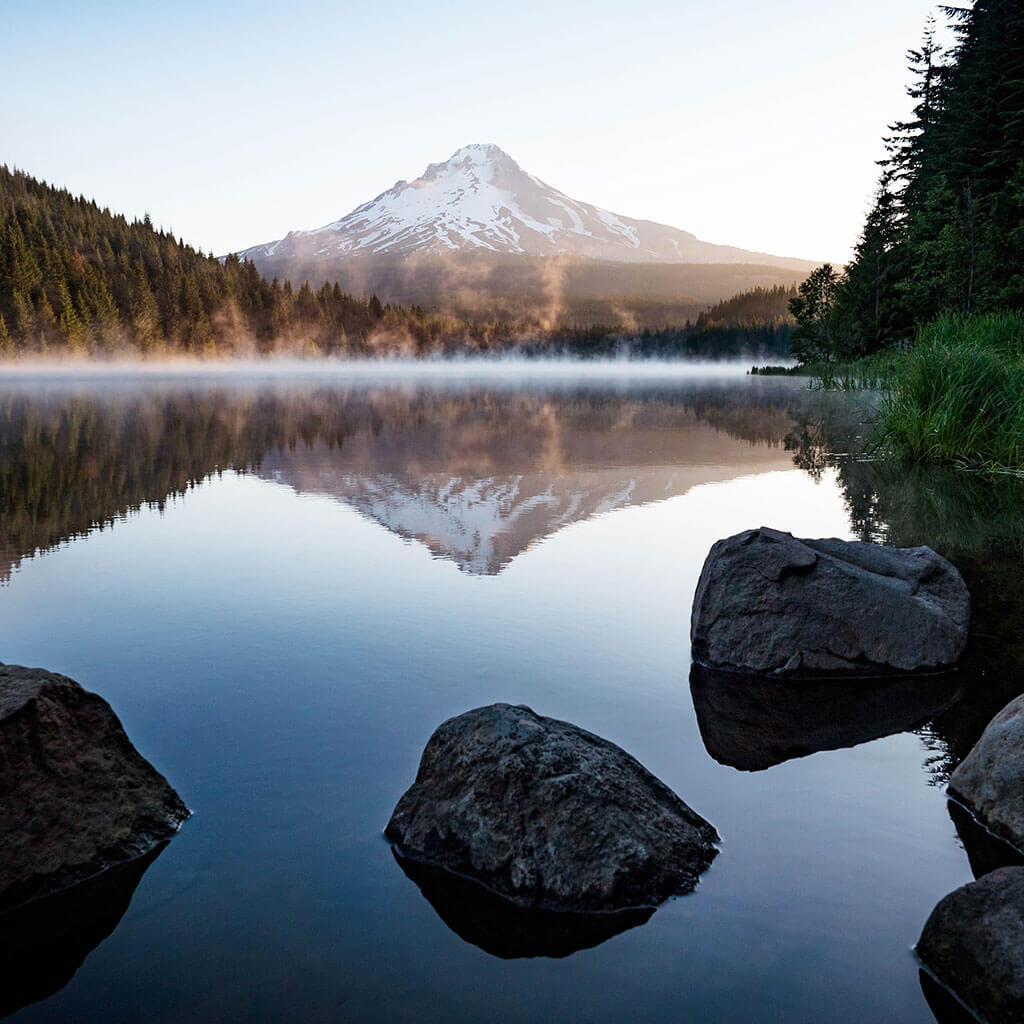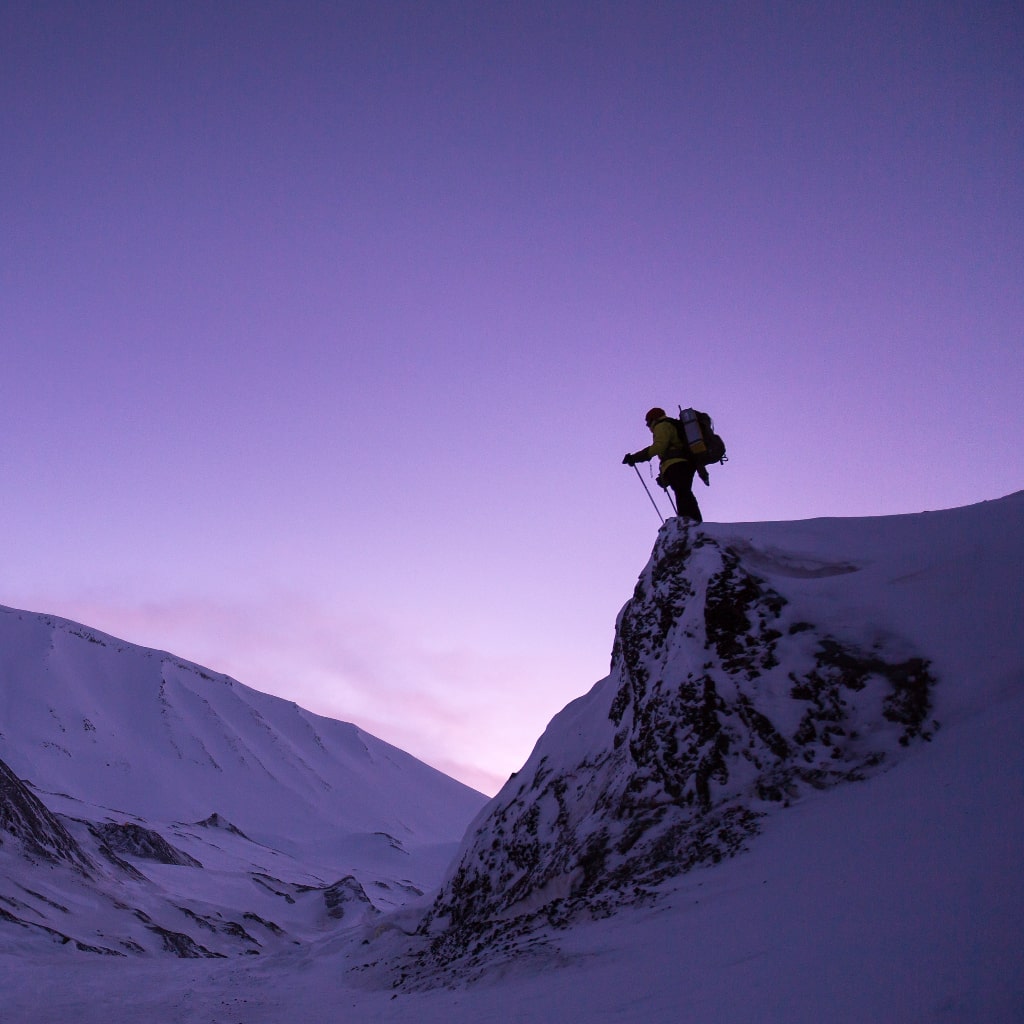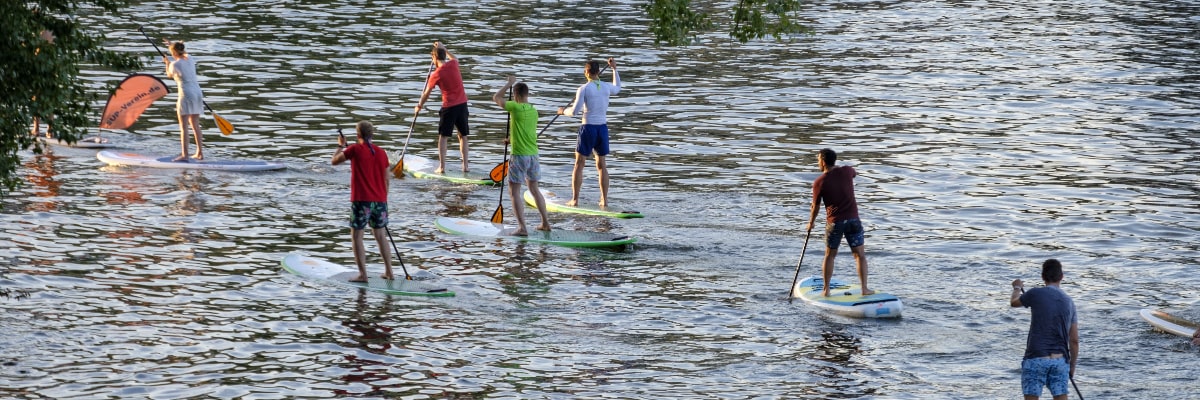Inspired for an Adventure? Check out Beef Stroganoff - Pouch and Beef Stew - Pouch
Free Ground Shipping On All Orders
Over 2,100 Reviews
Add description, images, menus and links to your mega menu
A column with no settings can be used as a spacer
Link to your collections, sales and even external links
Add up to five columns
Add description, images, menus and links to your mega menu
A column with no settings can be used as a spacer
Link to your collections, sales and even external links
Add up to five columns


From storm-walloped Mount Washington in the Presidential Range of the Northern Appalachians to the wild horns and crests of Alaska’s Brooks Range, from the granite heights of the Wind Rivers in Wyoming to the icy towers of the North Cascades, the United States comes magnificently endowed in the mountain department.
In honor of our company name—and, more importantly, in honor of the fact that Mountain House meals have fueled countless adventurers the world over as they summit epic peaks—we thought we’d spotlight some of the very best mountains to climb in the USA. This isn’t an exhaustive roundup by any means, but each and every one of the following peaks have to be considered among the country’s most iconic and sought-after mountaineering destinations—and jawdroppingly beautiful ones, as well!
Longs Peak: The Diamond (Colorado)
The northernmost fourteener in the Rocky Mountains, Longs Peak forms the noble crown of Rocky Mountain National Park and a highly visible landmark of the Colorado Front Range. It’s also a major mountaineering destination: While you can scramble up to the 14,259-foot summit via the Keyhole—“the most climbed route of any fourteener route in the state,” according to Summitpost—the really legendary climb, and a much more challenging one, is Longs Peak’s sheer East Face. This aspect of the mountain encompasses the biggest wall in the Southern Rockies: the 900-foot-tall Diamond, scaled by many routes that begin on a ledge called Broadway and which top out difficulty-wise at Class 5.13 or 5.14.
photo: @coloradohighpeaks
Grand Teton (Wyoming)
One of the most esteemed climbing destinations in the country and easily on the short list of its most beautiful mountains, the Grand Teton is the 13,770-foot high point of Wyoming’s breathtaking Teton Range. Classic ways up this mighty granite horn include the Owen-Spalding route (Grade III, Class 5.4), the easiest climb, and the more challenging Upper Exum Ridge route (Grade II, Class 5.4).

photo @uncagethesoulproductions
Mount Whitney (California)
Mount Whitney is a superlative peak: the highest in the world-famous Sierra Nevada, and indeed the highest in the Lower 48 States at 14,505 feet. It’s a gorgeous granite mass that, like many Sierra summits, has a gently sloping west side, a flattish crown, and a sheer east side—“tabular peaks,” they’re called. This topographic situation means the most popular route up to the conterminous USA’s pinnacle is nothing more than a hike (if a long one) along the Mount Whitney Trail, while technical climbs such as the East Buttress and Left Wing Extremist (a Grade V, Class 5.11A undertaking) await on the opposite aspect.
photo @le_bobs
Mount Rainier (Washington)
Probably the all-around preeminent mountaineering destination in the Lower 48, 14,411-foot Mount Rainier (aka Tahoma) is a summit with an almost overwhelming aura: a voluminous stratovolcano that tops the entire Cascades and boasts more glacial ice (35 square miles) than all the other snow peaks in that range combined. Given its massiveness and icecap, plus the added challenge of its often-stormy maritime weather, Mount Rainier is a classic adventure for climbers prepping for yet-bigger alpine prizes such as Denali or the Himalayan giants. Rainier routes encompass a wide variation in technical difficulty, from relatively easy approaches such as the Emmons-Winthrop Glacier and Disappointment Cleaver to Grade V climbs such as the Sunset Amphitheater Headwall and the intimidating Willis Wall. The Liberty Ridge (Grade IV, Class 3 or 4) route is perhaps the single most celebrated Tahoma climb.
photo @michaelmatti
Mount Hood (Oregon)
The loftiest mountain in the Beaver State (our home state here at Mountain House!) is perhaps the most frequently climbed snow peak in the country. A craggy, 11,249-foot cone visible for vast distances in northern Oregon and southern Washington—and, along with Mounts St. Helens and Adams, one of the “Guardians of the Columbia”—Mount Hood is notoriously underestimated by climbers because of its popularity and accessibility. Bad weather and plentiful danger from rock fall, avalanche, and falling demand that a summit attempt of Wy’east (the Multnomah name for the volcano) be undertaken with plenty of caution and respect. The Hogsback route on the south side of the mountain, begun at Timberline Lodge, is the most popular; harder climbs include Class 5-plus routes such as Arachnophobia and Yocum Ridge.
photo @mamorelove
Denali (Alaska)
North America’s highest mountain, the northernmost 20,000-footer in the world, and one of the planet’s most topographically prominent peaks, 20,310-foot Denali sits on this list in a category all its own. The unbelievably huge white king of the Alaska Range—chockablock with world-class mountaineering opportunities—Denali offers the country’s most singular big alpine climbing experience. The Grade 2, Class 3-4 West Buttress route is by far the most popular way up Denali; among the most coveted, meanwhile, is the Cassin Ridge (Grade 5, Class 5.8) up the south face.

Top 11 Hardest Mountain Climbs in the World

Beginner’s Guide to Stand Up Paddle Boarding (SUP)


Stay Hungry for Adventure
Sign Up for Delicious Outdoor Meals & Exclusive Offers!
By clicking ‘Join Now’, I agree to the Terms of Service and Privacy Policy.


Join the adventure
©2025 Mountain House — All Rights Reserved.
Your Cart is Empty
Continue ShoppingYour Cart
Subtotal
$0.00
EXPRESS PAYMENT METHODS AVAILABLE IN CHECKOUT
Taxes and Shipping Calculated at Checkout
Your ExpertVoice deal.
$[Deal Price]
$[Original Price]
Discount applied at checkout.
On sale now — lower than your ExpertVoice discount.
Not eligible for ExpertVoice discount.



















